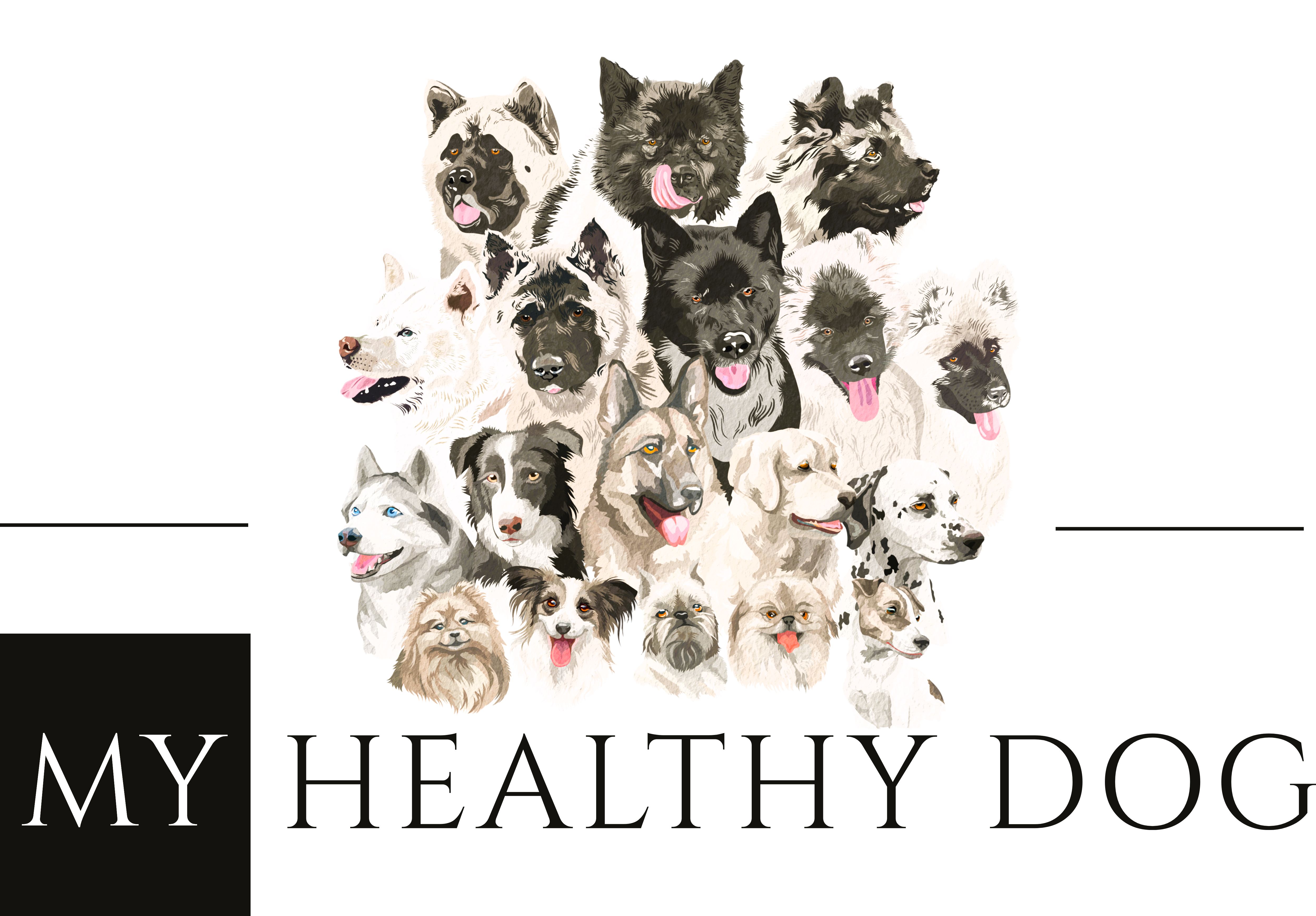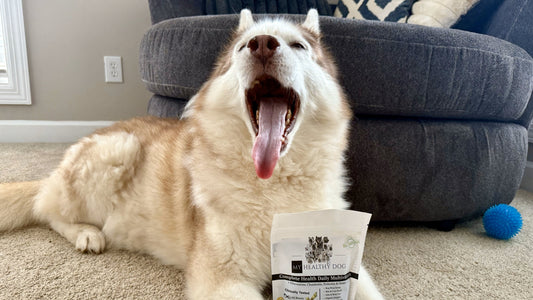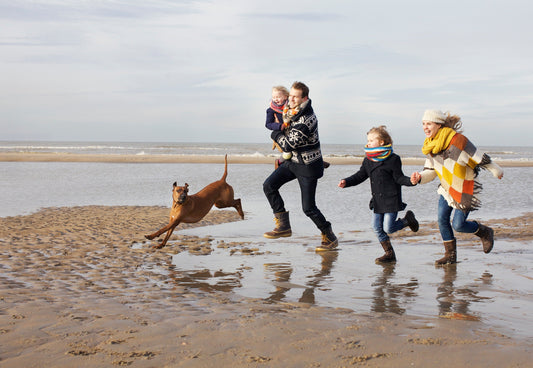The Briard is a breed that epitomizes the perfect blend of a guardian and a gentle companion. With roots extending deep into French history, this breed has served as both a sheep herder and a guardian of flocks. Today, the Briard is cherished not only for its herding skills but also for its role as a devoted family member. This article explores the rich heritage of the Briard, detailing its characteristics, care needs, and why it may be the perfect addition to your family.
Breed Summary
Origin of the Briard
The Briard’s history can be traced back to medieval France, making it one of the oldest French breeds. Originally bred for herding and protecting sheep, the Briard has been mentioned in records as far back as the 12th century. It gained prominence after the Paris Dog Show of 1863 and was later used by the French army as a sentinel and search and rescue dog during both World Wars, showcasing its versatility and courage.
Appearance
The Briard is known for its long, flowing coat that comes in colors like black, gray, or tawny. They stand about 22 to 27 inches tall at the shoulder and typically weigh between 55 to 100 pounds. The breed is easily recognized by its long, covered face with expressive eyes and a slightly waved double coat that is waterproof and dirt-resistant. Their ears, when cropped, stand erect, but naturally, they hang and are covered in hair.
Temperament
Briards are known for their loyal, sensitive, and protective nature. They form strong bonds with family members and are particularly good with children, often taking on a protective role. Despite their size, they are gentle and affectionate, known to be both fearless and calm. Training a Briard requires consistency and firmness, as they are intelligent but can be stubborn.
Health Outlook
Briards are generally healthy with a lifespan of 10 to 12 years. They are prone to genetic conditions such as hip dysplasia, progressive retinal atrophy, and bloat. Regular vet check-ups and genetic testing can help in early detection and management of these issues. Skin conditions like allergies leading to dry, itchy skin are also common; using a premium dog shampoo can help maintain healthy skin and coat.
Nutritional Requirements
The nutritional needs of a Briard should be met with high-quality dog food rich in proteins and fats to support their energy levels and coat health. Supplements like a complete healthy multivitamin can aid in filling any nutritional gaps, ensuring they receive essential nutrients for their overall well-being.
Exercise Requirement
Briards require regular, vigorous exercise to manage their energy levels and maintain their health. Activities like long walks, running, and herding simulations (if possible) are ideal. They also excel in dog sports such as agility and obedience, which provide mental stimulation.
Pros and Cons of Owning a Briard
Pros:
- Excellent guardian and family pet.
- Strong and robust, good for various types of work.
- Loyal and affectionate with family.
Cons:
- Requires extensive grooming due to their long coat.
- Can be stubborn, needing experienced handling in training.
- Needs a lot of exercise, not suited for sedentary lifestyles.
Space Requirements
Due to their size and exercise needs, Briards are better suited to homes with yards where they can move freely. They are not ideal for apartment living unless sufficient daily exercise is guaranteed.
Suitability for Elderly
The Briard may be too large and energetic for some elderly individuals unless they are active and experienced dog handlers.
Suitability for Kids
Their gentle nature makes Briards excellent companions for children, but their size and energy level mean supervision is necessary, especially with younger kids.
Cost
The cost of a Briard puppy typically ranges from $1,200 to $2,500, depending on the breeder’s reputation and the quality of the breeding.
What Should the Owner Be Like?
A Briard owner should be active, patient, and committed to the rigorous grooming and exercise regimen required by the breed. They should also have experience in dog training or be willing to learn.
Fun Facts
- The Briard has been owned by many historical figures, including Charlemagne, Napoleon, and Thomas Jefferson.
- The breed’s double dewclaws on the rear legs are a unique feature, helping them gain traction on rough terrain.
Conclusion
The Briard is a faithful and courageous breed, perfect for those who can provide a loving home with plenty of space and activity. With proper care and training, a Briard can be a magnificent companion, embodying the essence of loyalty and protection.
Are you familiar with the Briard or have this wonderful breed in your family?
Share your stories in the comments!
Share the Article with friends!





